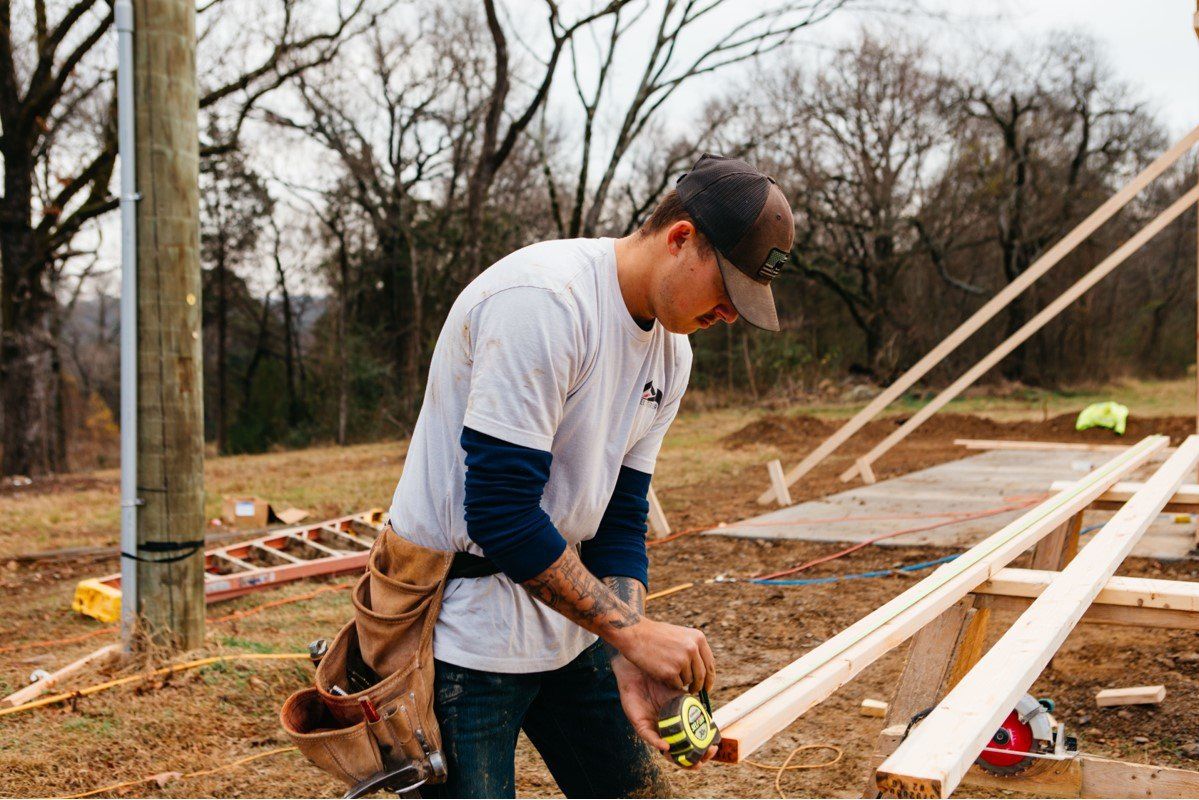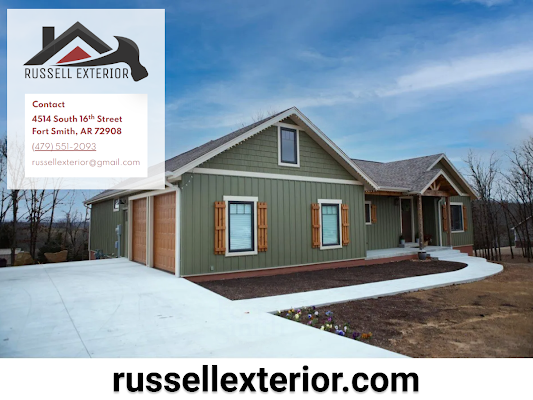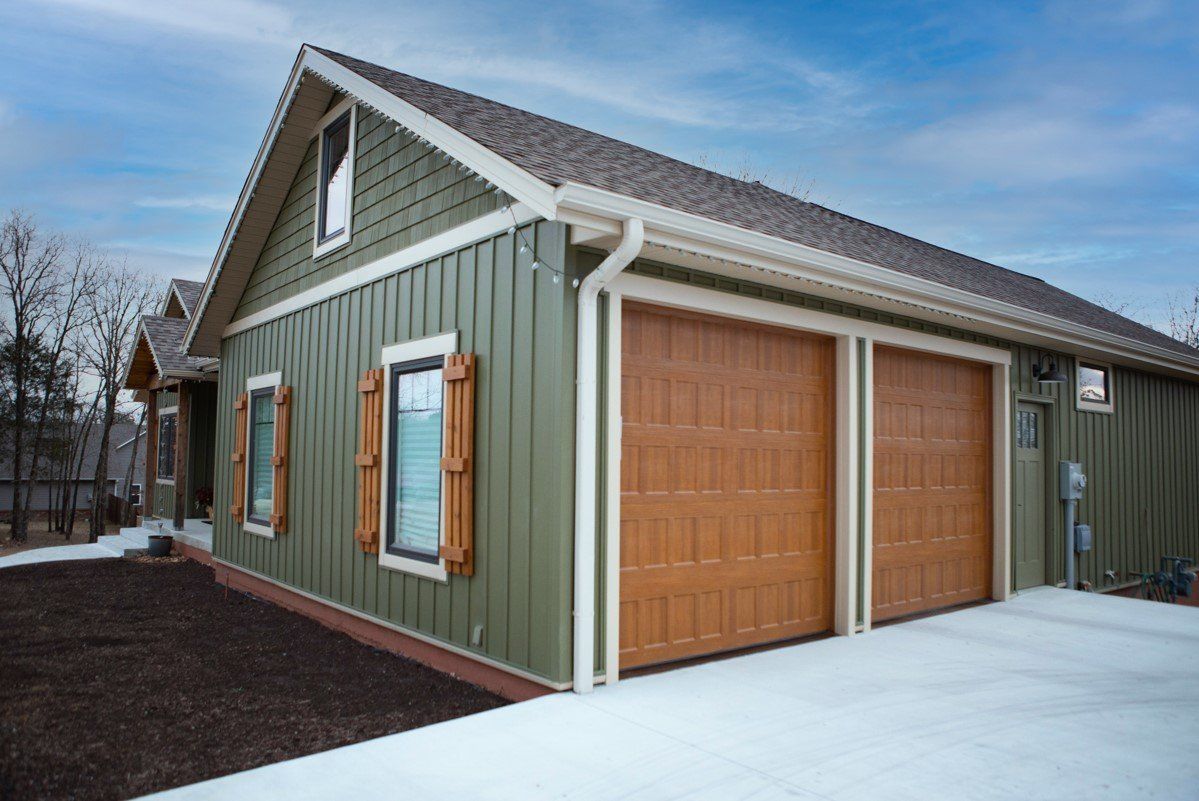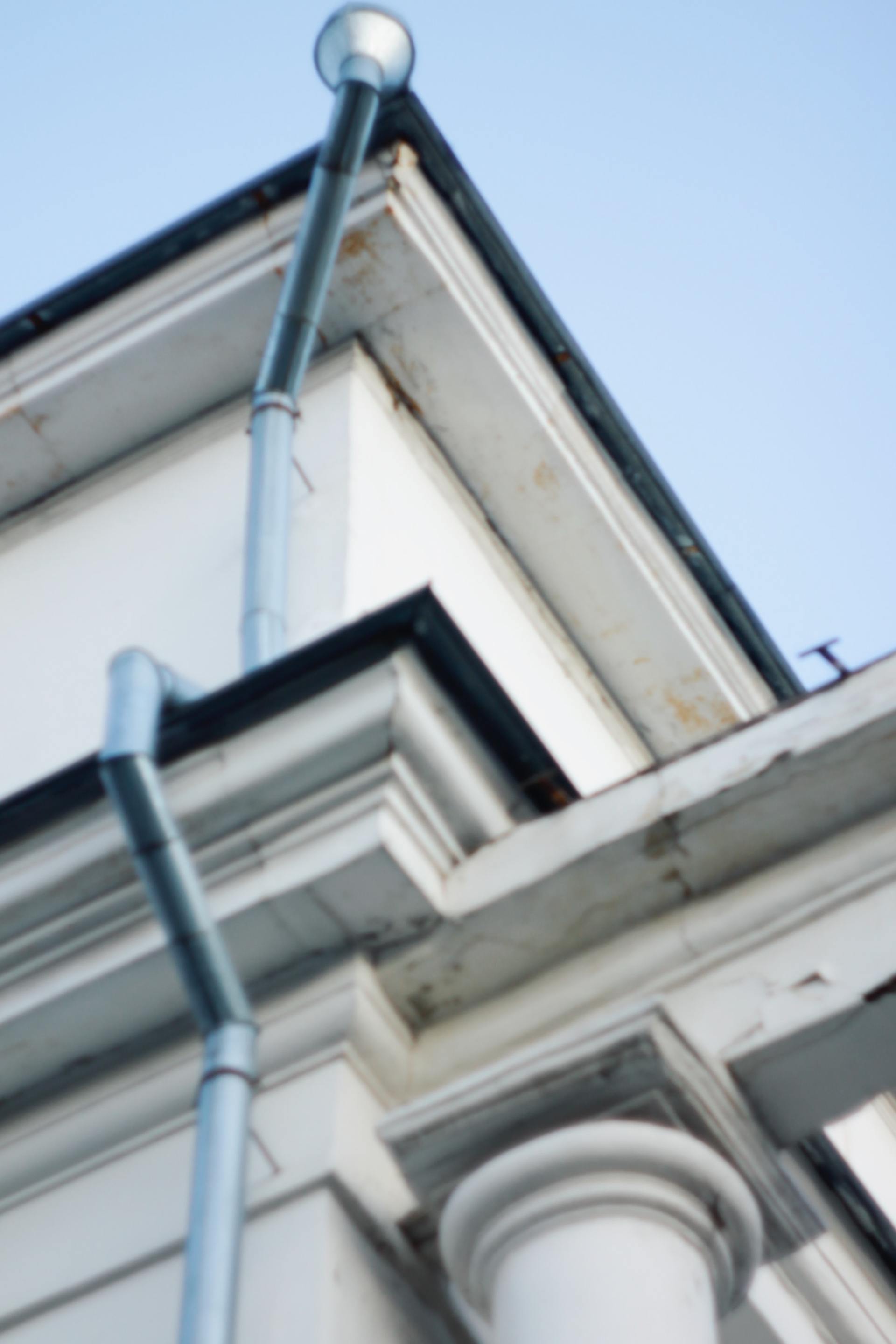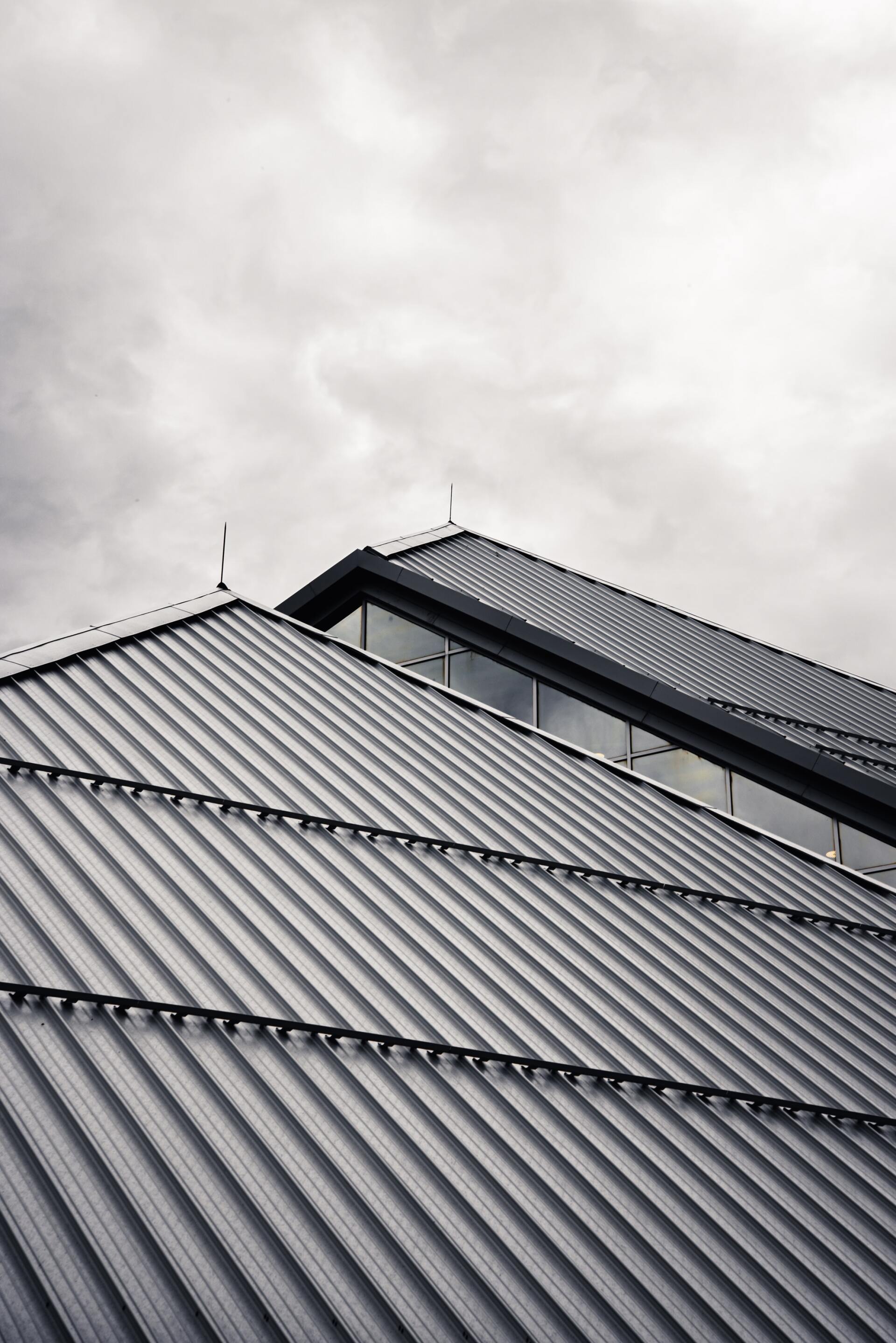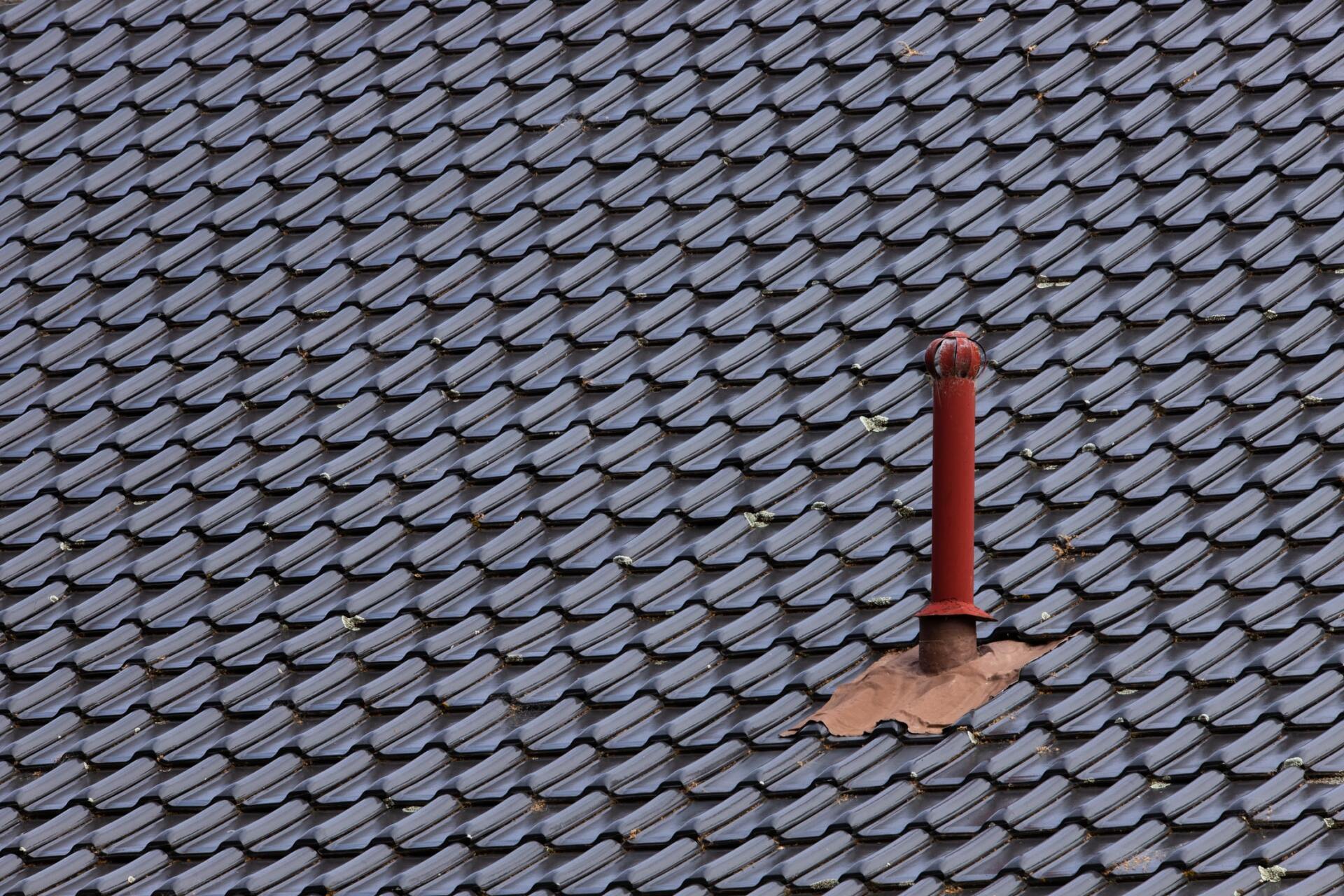What are the effects of hail on different types of roofs?
What are the effects of hail on different types of roofs?
Hail can be a devastating natural disaster. In the United States, hail is responsible for an average of about $1 billion in property damage annually. The severity of that damage depends on what type of roof you have and how long it takes to repair the damages. The most common types of roofs are shingle, metal, tile, and slate roofs. These different roof materials react differently to hail storms with varying degrees of intensity depending on size and velocity. For example, when compared with other types of roofs such as metal or tiles which might sustain more damage from hail due to their weightier material composition;
slates will usually incur less destruction because they tend to shatter instead break off into pieces when hit by a fast-moving hailstone - although even shingles can incur less damage than tiles and metal. Some homeowners may not be able to see any difference once the surface dries because it will look as though nothing ever happened. You can spot them easily by looking for small areas where paint is missing or you notice glints of daylight shining through from above which means there's a dent in between two shingles. It is important to remember that hail can also cause indirect damage such as water infiltration if it leaks through a hole in the roof that was created by a hailstorm.
Hail is one of the most common types of weather that damages roofs
Hail is one of the most common types of weather that damages roofs. Hailstorms are caused by thunderstorms, which occur in the tropics and subtropics during summertime. Hailstones are chunks of ice that form when rain droplets freeze in contact with cold atmospheric particles. They can grow to be as large as grapefruits or baseballs before they fall to Earth at speeds exceeding 100 miles per hour. This type of storm typically lasts only about 10 minutes but can cause extensive damage to structures, vegetation, crops,and even people if they're caught outdoors unprotected from falling hailstones. Homeowners need to know how hail storms work so they'll better understand what their risks are and how best to protect themselves against this kind of weather.
It's important to know what type of roof you have
A homeowner's nightmare is waking up to find their roof has been pummeled by hail, and the insurance company won't pay for a new one. But there are ways to protect your roof from damage caused by these unpredictable chunks of ice. There are three types of roofs: single-ply, built-up, and modified bitumen. Single-ply roofs have a fiberglass mat as a top layer that can be damaged with just a few hailstones going through it.
Modified bitumen roofs have an aluminum or steel mat or sheeting on top that can withstand more abuse than other types of roofs because they're reinforced with asphalt or tar to form a seal where the metal meets the asphalt shingle layer. Built-up roofs have asphalt or tar and gravel for a mat. These types of roofs can endure a hail storm without much problem because they're not penetrated by hailstones.
The effects depend on the type of roof and how much damage occurs
The effects depend on the type of roof and how much damage occurs. If a tree falls onto your house, for example, you may have to replace your entire roof as well as some siding or other exterior building materials. A leak from an ice dam is more likely to cause water damage than a hole in the ceiling caused by a fallen tree. In general, if you can't tell what has caused the problem just by looking at it, then it's best to call in a professional who will be able to diagnose and repair any problems that might arise from this issue.
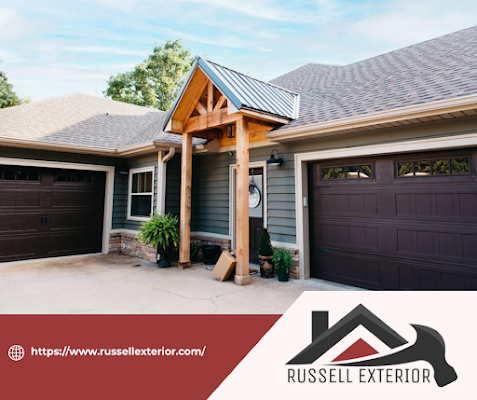
It's important not only because there could be serious consequences but also because you don't want somebody else doing something wrong that could create more problems down the line or make things worse. Consult a Roofing Contractor, such as Russell Exterior, if you think your roof is leaking.
Roofs with a membrane cover are more likely to suffer from water infiltration
Water infiltration is a problem that has been around for centuries. In some parts of the world, it's an even greater issue than in others. For example, in regions with abundant rainfall and humidity like the southeast United States, water intrusion can be a major concern for homeowners who have roofs with a membrane cover. It doesn't take much to create a leaky roof which will lead to costly repairs or replacement down the road if left unchecked.
That's why it's important to monitor your home from time to time for leaks and other signs of water damage such as discoloration or mold growth on building materials inside or outside your home. The sooner you recognize these problems before they get out of hand, the better chance you'll have of fixing them without too much expense or hassle. One way to help prevent water infiltration is to ensure that your roof is properly ventilated. This will allow the building materials to dry out quickly after a rainstorm or other type of wet weather. Roof vents can also help reduce the chances of ice dams forming on your roof during the winter months.
Metal roofs can experience leaks because they don't usually come equipped with gutters
Metal roofs can experience leaks because they don't usually come equipped with gutters or downspouts for drainage purposes. Metal roofs are designed to keep the rain off your home, which is great. But if it rains really hard and fast enough, water will pool on top of the roof instead of being drained away by a gutter system. That's when you have problems with leaks.
Tile roofs often sustain less damage than other materials
Tile roofs often sustain less damage than other materials because their design makes them more durable against hail storms. Tile roofs are made of clay, concrete, or another type of material that is secured to a frame and then layered with ceramic tiles for protection from the elements. This means that they can withstand the force of hailstorms as well as earthquakes and hurricanes better than most roofing materials like shingles or asphalt tiles.
Tile roofs also last longer which makes them a good investment in terms of money and energy efficiency. If you want your home to be safer during adverse weather conditions, this may be the best option for you!
Stone roofs are sufficiently strong
Stone roofs are sufficiently strong, but they often come without sufficiently draining gutters or downspouts. These problems can be solved by installing a gutter system that will drain water away from the house and into an underground drainage pipe. This is important because if not managed properly, moisture can build up on stone walls which causes them to expand and contract over time. If you have any concerns about your roof’s strength please contact us for more information on how we help with this problem!
Wood shake roofs are more likely to suffer from mold problems after a hail storm
Wood shakes are roofing materials made of wood boards with the grain running perpendicular to the length of the board, like shingles on a house. The most common type of wood used in shakes is cedar because it resists decay and fungus growth better than other types of wood. Unfortunately, when they get wet or soaked by rain or snow, they can rot quickly if not dried out before new moisture arrives. This makes them more prone to mold problems at any time but especially after heavy rainfalls or hailstorms have damaged them.
Concrete tile shingles can get chipped, cracked, cemented together by ice on contact with hailstones
Concrete tile shingles can get chipped, cracked, cemented together by ice on contact with hailstones. The same holds for clay or asphalt tiles which are more vulnerable to hail damage because they are softer and thinner. However, slate tiles are virtually impervious to hail damage due to their hardness and thickness. The only problem is that they don't come cheap! But if you're looking for the ultimate protection against hail storms coupled with a stylish look then it's worth investing in these expensive materials.

